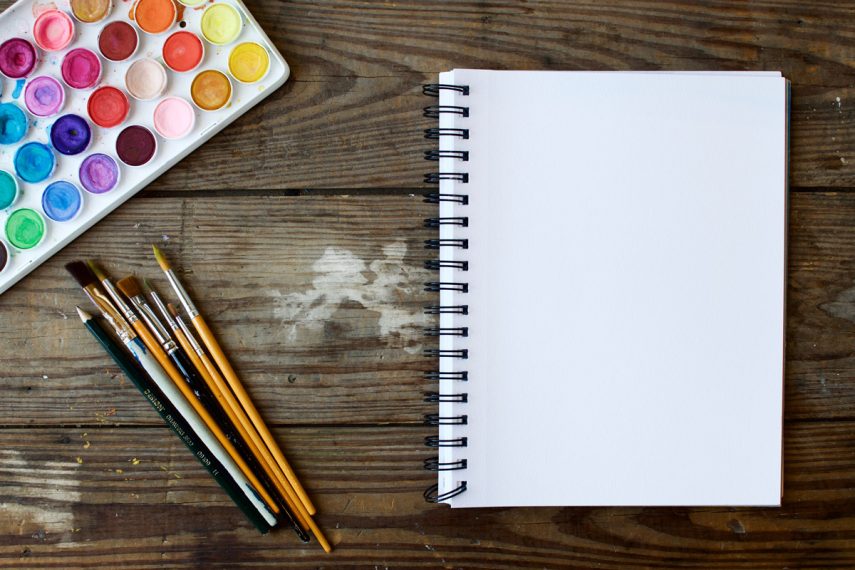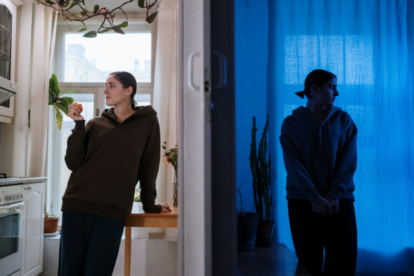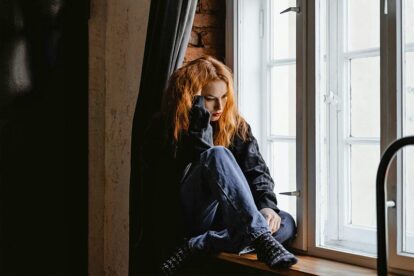Beyond Words: Art Therapy as a Voice for Emotion

Art therapy is one of the beautiful alternative modalities employed by BrightQuest for the treatment of schizophrenia, bipolar disorder, depression and the myriad of other diagnoses and dual-diagnoses we encounter. In addition to the fact that there is an ever-growing body of research advocating for the efficacy of art therapy, particularly with severe mental illness, art therapy is simply magical.
Something special happens when pastels, pens, paint, and paper are the mode of communication and imagery speaks what the mouth cannot utter. Art making taps into right brain functioning in a way that seems to more quickly access memories and emotion than words alone, allowing participants to enter into a trance-like state of creative movement, bypassing the usual filters. This can be both exciting and alarming for participants. There is really no way to hide in the art, particularly to a trained eye and a sensitive group of peers.
Unlike the art making most of us did in school, art therapy is about the process, not the product. Clients are reminded weekly that there is no way to do it “wrong,” so long as an effort is made to participate. Although some art therapists take an “art as therapy” approach, in which the art-making itself is the therapy, the way that I facilitate art therapy at BrightQuest involves a period of art making in response to a prompt, followed by time spent giving each person a chance to share about their piece and space for others to ask questions and give feedback about what they notice. While some seem to jump into art making immediately after a prompt is given, others need some time to sink into to the process, moving around different colors of paper, touching the supplies. Each decision is significant, as is the presence of the therapist as witness to it. There is an intimate non-verbal exchange that happens when clients look up and see that there is someone with them as they are deciding which memory, which image, they are going to bravely depict and ultimately share.
One of the most powerful aspects of art therapy is the power it has to communicate many layers of information at one time about the inner world of a participant. Fear, longing, regret, and joy can be wrapped up in a single image, depending on the nature of the lines, the placement of objects, and the stories connected with the picture. Understandably art therapy groups require a high level of felt safety in order to be effective. This means modeling an inquisitive rather than assuming approach, and redirecting feedback from peers that comes across as pointed or suggests that there is a “correct” interpretation.
As a clinician, I adore the moments in my week when I can put on my art therapist cap and be with our clients in a different way. I often feel uniquely connected with clients I have had in art therapy, knowing that we shared a precious creative experience.



